3 public servants discuss living and working through Ukraine’s winter at war
Olena Iakovchuk is the director of Secondary School №3 in Chernihiv, a major city located about 140 kilometers north of Kyiv, Ukraine’s capital. Responsible for nearly 2,000 students, Olena starts her days with a routine.
She reads the news. She checks the charge levels of her electronic gadgets and power banks. Then, she rings the school caretaker to ask about the power situation at the school.
“Most days, we have electricity for three hours,” Olena explains. “Heat supply interruptions also impact our classrooms,” with temperatures inside the school sometimes dropping to 50 degrees Fahrenheit. In addition, students and staff must regularly retreat to the school’s air raid shelter. “We hear air raid sirens almost every day. This anxiety has cognitive impacts [on our students].”
Putin’s full-scale war against Ukraine has disrupted every facet of life for Ukraine’s population of roughly 44 million.
And now that winter has come, the Kremlin’s forces are using cold temperatures and short daylight hours as a weapon — directing their fire against the electricity and heating networks that power Ukraine’s homes, hospitals, schools, businesses, public service providers, and emergency shelters.
That includes Olena’s school in Chernihiv, a city that suffered greatly under Russia’s occupation during the war’s first weeks, and that continues to face regular shelling and missile attacks.
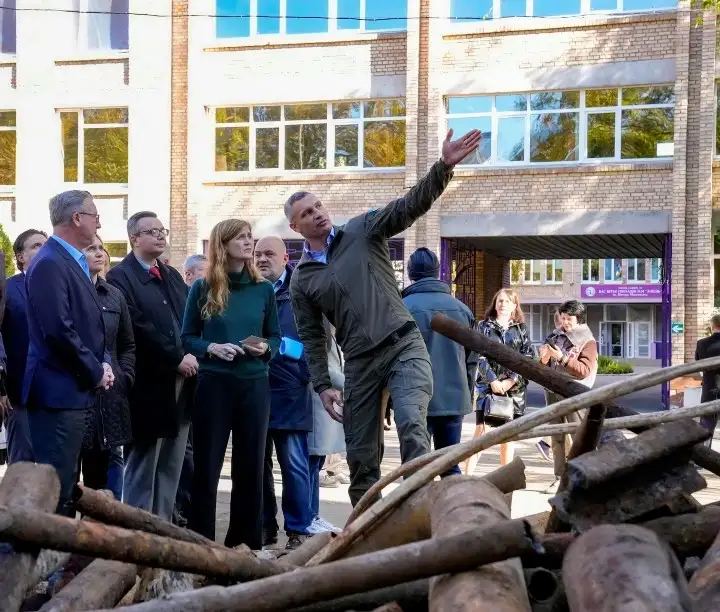
As Ukraine turns tide, Russia targets infrastructure
As Ukraine has turned the tide on the battlefield, liberating large swathes of its territory in the east and south, the Kremlin has focused its fire on inflicting as much pain as possible on Ukraine’s civilian population.
Since early October, cruise missiles, artillery shells, and armed drones have rained down on Ukraine’s cities, temporarily depriving millions of citizens of electricity, heating, water, and other vital services.
On New Year’s Eve, when Ukrainians should have been celebrating in peaceful and safe conditions, Russia fired more than 20 cruise missiles at Ukraine’s cities, killing one person and wounding more than a dozen.
This came after major strikes on Dec. 29, the Kremlin fired 69 missiles at Ukraine, with air raid sirens ringing out across Kyiv for more than five hours. Earlier, on Dec. 16, the Kremlin struck cities in nine Ukrainian regions, killing at least three civilians and leaving Kyiv and Kharkiv, Ukraine’s two largest cities, without electricity for most of the day. In recent months, such attacks have become commonplace.
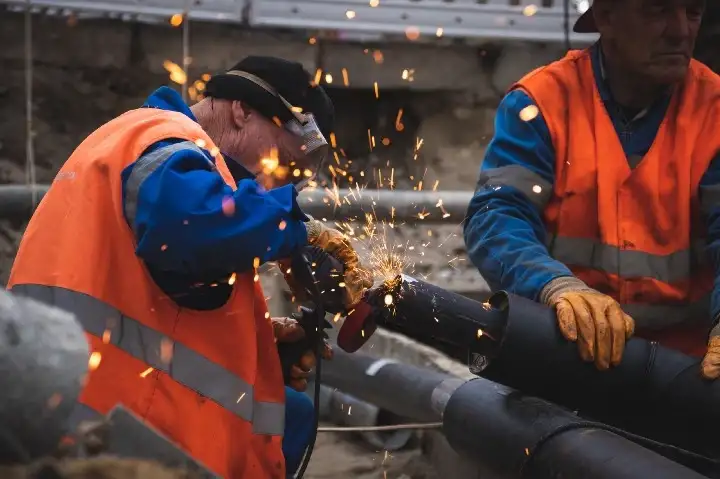
The Kremlin’s aerial assault is particularly destructive as it comes during the cold winter months. Average December temperatures in Kyiv range from 21 to 31 degrees Fahrenheit.
While USAID and other donors have provided winter-related humanitarian assistance to more than 630,000 Ukrainians, needs are vast.
With access to energy being a matter of life and death, USAID and other donors are delivering power generators to fill the gaps when electricity is knocked out by Russia’s strikes — often for long stretches of time.
USAID has delivered 1,415 generators to 22 of Ukraine’s regions, with many more on the way, just one element of USAID’s comprehensive effort to support Ukrainians. These generators power schools, hospitals, heating facilities, accommodation centers for displaced persons, water systems, and other critical public services.

Olena’s school in Chernihiv is one of many around Ukraine to receive a generator from USAID. The generator provides a backup power source for the school’s classrooms as well as its boilers and sanitation system. “This kind of USAID assistance to the school is extremely important,” she explains.
While power generators help fill the gap this winter, Ukraine’s energy workers are heroic in their efforts to restore power following Russia’s attacks.
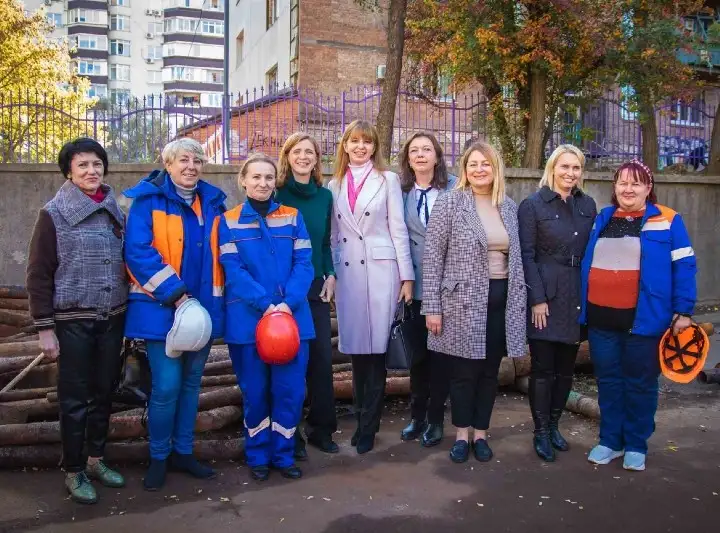
“The energy front has become our daily job”
Vasyl Derevytskyi is the director of Kyivski Teplovi Merezhi (“Kyiv Heating Networks”), a power utility that has 38 teams working to repair damage to Kyiv’s heating networks. The utility is a subsidiary of Kyivteploenergo (KTE), one of the largest municipal heating companies in Europe.
Currently, Vasyl’s teams respond to up to 40 cases of damage each day, often working while Russia’s rockets rain down on the city. “Working under [threat of] enemy missile attacks is extremely difficult,” Vasyl says. “However, we understand our responsibility, and care about our customers.”
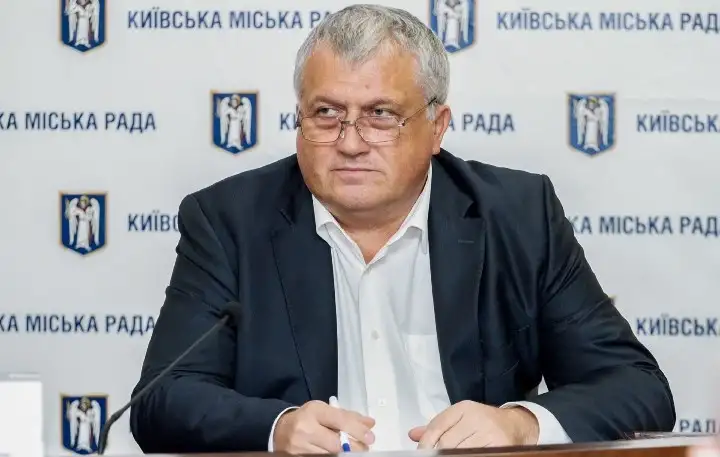
Kyivski Teplovi Merezhi has already replaced 11 kilometers of heating pipes in Kyiv, rebuilding infrastructure that had been damaged by Russia’s missile attacks and restoring heating and hot water to more than 22,000 of the city’s residents. USAID provided the heating pipes as part of $55 million in equipment to help Ukraine repair and maintain energy infrastructure.
“The U.S. Government provided pipes and related equipment worth $1.3 million, enabling the city to resume heat supply to over 22,000 of its residents,” Vasyl explains. “KTE expresses its sincere thanks to USAID and its Energy Security Project for their clear understanding of the energy sector’s needs and for the quality of the support they have provided.”
“We understand this responsibility,” he added. “We do this every day so that heat continues to be supplied to homes. The energy front has become our daily job.”



Utility workers are on their own kind of front line, repairing damage to vital infrastructure in Ukraine. / USAID
“It is a matter of honor for each of us to endure this bloody war and do honest work”
The city of Vinnytsia is a regional capital in west-central Ukraine. While nowhere in Ukraine is safe, the city has become home to large numbers of people fleeing active combat areas in the country’s east and south. The city’s central heating company, Vinnytsiamiskteploenergo (“Vinnytsia City Heating Energy”) thus has added responsibility.
“Before the war,” recalls Tetiana Balybiuk, the company’s deputy general director for investment, “the population of the city of Vinnytsia was more than 370,000 people, but Russia’s military aggression caused large-scale movement of Ukrainians … . The number of residents in the city has increased by tens of thousands of people.”

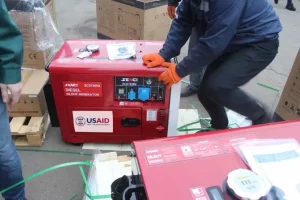
Left: Tetiana Balybiuk, deputy general director for investment for Vinnytsiamiskteploenergo. Right: A new generator is unpacked. / Photo courtesy Tetiana Balybiuk; USAID
This is not the first time Vinnytsiamiskteploenergo has faced challenges. When Ukraine emerged as an independent state in 1991, Vinnytsia, like much of the country, inherited outdated energy facilities built during the Soviet era. During the last two decades, Vinnytsia has pushed to produce energy more efficiently. “This made it possible to significantly reduce our dependence on imported Russian gas, and reduce carbon emissions,” Tetiana explains.
Things have only gotten more difficult with Russia’s armed forces targeting the city’s infrastructure. Tetiana and her colleagues work around the clock to keep things running. In addition to repairing heating infrastructure, Vinnytsiamiskteploenergo helps clear debris after attacks, such as when a Russian cruise missile strike killed 28 civilians in Vinnytsia in July.
USAID has pitched in equipment including 32 diesel generators and a state-of-the-art excavator, the latter being necessary to remove debris and repair damaged heating pipes. “We are extremely grateful to USAID for providing high-tech equipment,” Tetiana says.
Tetiana adds: “[Energy workers] feel that what we have faced so far only fortifies us and makes us stronger. International support, in particular support from USAID, plays a significant role in this, and it helps meet the needs of the energy sector.”
About the Authors
Joseph Larsen is a Senior Communications Advisor with USAID’s Mission in Ukraine. Angela Rucker, a writer and editor at USAID in Washington, and the communications team at USAID’s Energy Security Project also contributed to this publication.
